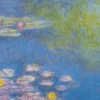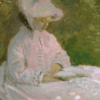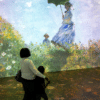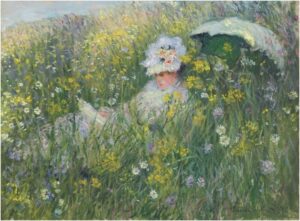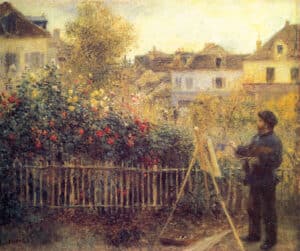
All About Monet’s Water Lilies
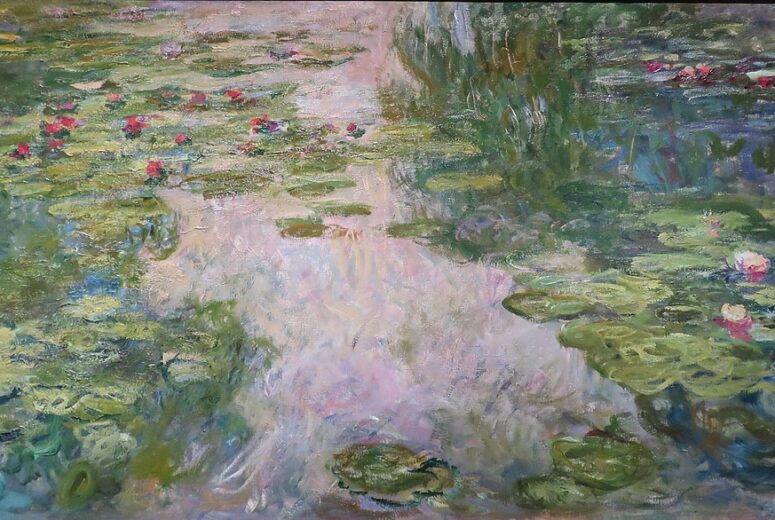
Claude Monet – Water Lilies, 1917-1919
Source: Wikimedia Commons
Delving into Claude Monet’s Enchanting Water Lilies
Claude Monet’s mesmerizing “Water Lilies” series stands as a testament to his unparalleled mastery of light, color, and form. These iconic works, born from the tranquil waters of his garden in Giverny, France, continue to captivate audiences worldwide with their ethereal beauty and timeless appeal. Let’s explore the enchanting world of Monet’s water lilies and uncover the secrets behind their enduring allure.
Inspired by the lush vegetation and tranquil ponds that surrounded his home in Giverny, France, Monet embarked on a monumental artistic endeavor, capturing the ever-changing reflections and subtle nuances of light on the water’s surface.
Monet’s obsession with the effects of nature, specifically light and shadow, on a subject is what drove him to create the “Water Lilies” paintings, with the series eventually growing to house approximately 250 masterpieces. Each painting in the series offers a unique perspective on the theme, ranging from intimate close-ups of individual blooms to expansive panoramas of the pond’s surface.
Visitors are constantly drawn to the immersive power of the water lilies, looking at them feels as if you’ve been transported into a dream world. Through his bold brushstrokes and vibrant palette, Monet transforms the familiar scenery of his garden into a transcendent vision of beauty and tranquility.
The genesis of Monet’s water lilies series can be traced back to the early 20th century when the artist began devoting himself exclusively to the exploration of this motif. Working tirelessly in his studio, which overlooked the water lily pond, Monet experimented with various compositions and techniques, seeking to capture the essence of his surroundings with unrivaled precision.
Unlike some of his contemporaries like Vincent Van Gogh, Monet became successful while he was still alive, with the “Water Lilies” series being one of the main drivers of his success and laying the foundation for his recognition as being the “Father of Impressionism”.
Monet’s garden in Giverny is still open to the public, giving people the opportunity to see the beauty of his water lilies firsthand. The garden, meticulously restored to its former glory, offers a glimpse into Monet’s creative process, and provides a serene retreat from the hustle and bustle of modern life. Can’t make it to France? Beyond Monet: The Immersive Experience brings the “Water Lilies” right to you, no passport required.
Through these ethereal works, Monet invites us to immerse ourselves in the tranquil beauty of his garden and experience the transformative power of art.
Sources
- The Metropolitan Museum of Art. “Claude Monet (1840–1926).” www.metmuseum.org/toah/hd/cmon/hd_cmon.htm.
- Museum of Modern Art (MoMA). “Claude Monet’s Water Lilies.” www.moma.org/collection/works/80010.
- The Claude Monet Foundation. “Visit Giverny: Practical Information.” www.fondation-monet.com/en/visit-practical-information.
- National Gallery of Art. “Claude Monet’s Water Lilies and Japanese Bridge.” www.nga.gov/collection/highlights/monet-water-lilies-and-japanese-bridge.html.
Brush Up On Monet
Sign up for our newsletter and be the first to know about announcements in your area. As a subscriber, you will get exclusive presale access and discount offers.

